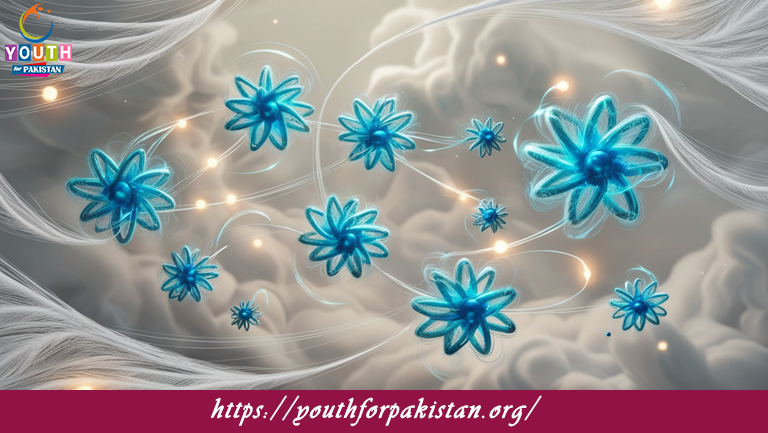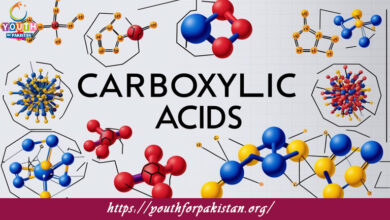Intermolecular Forces MDCAT Quiz with Answers

Intermolecular Forces MDCAT Quiz are the forces of attraction or repulsion between molecules, which play a critical role in determining the physical properties of substances, such as boiling point, melting point, and solubility. These forces are much weaker than intramolecular forces (such as covalent bonds) but are still essential in understanding the behavior of liquids and solids. The main types of intermolecular forces include:
London Dispersion Forces: These are weak forces that arise from temporary shifts in electron density within molecules, leading to momentary dipoles that attract neighboring molecules. London forces are present in all molecules, but they are especially significant in nonpolar molecules.
Dipole-dipole forces: These forces are between molecules having permanent dipoles, in other words, polar molecules. The positive end of one molecule is attracted to the negative end of another.
Hydrogen Bonding: This is a special type of dipole-dipole interaction that occurs when hydrogen is bonded to highly electronegative atoms like oxygen, nitrogen, or fluorine. Hydrogen bonding is stronger than regular dipole-dipole interactions and is responsible for many of water’s unique properties.
Ion-Dipole Forces: These forces arise between ionic compounds and polar molecules, such as when salt dissolves in water. The charged ions are attracted to the opposite charges on the polar molecules.
For MDCAT students, knowledge of intermolecular forces is very important in explaining the physical properties of substances and predicting their behavior in different chemical processes. This topic often appears in the MDCAT Quiz, where students may be asked to identify the type of intermolecular force present in a given substance or explain how these forces influence physical properties.
MDCAT Quiz on Intermolecular Forces
The MDCAT Quiz on Intermolecular Forces helps students test their understanding of the different types of IMFs and how these forces affect the properties of substances. It contains questions related to identifying the type of intermolecular force in a given compound, explaining how IMFs affect boiling and melting points, and solving problems associated with the strength of these forces. Through this quiz, students are able to strengthen their ability to apply the concepts of IMFs in different chemical scenarios, ensuring that they are well-prepared for the MDCAT exam.
Free Flashcard for Intermolecular Forces
Our Free Flashcard for Intermolecular Forces will offer a quick and effective way to review the different types of intermolecular forces, their characteristics, and how these forces affect the physical properties of substances. The flashcards have definitions, examples, and clarification on how each type of IMF works, making it much easier for students to memorize the information and understand it conceptually. These flashcards are very good for last-minute revision before the MDCAT exam.

The interaction between a hydrogen atom and an electronegative atom (N, O, F) is known as __________.

The type of intermolecular force found in all molecules, regardless of their polarity, is __________.

The type of intermolecular force that depends on temporary dipoles created by electron movement is __________.

The intermolecular force that causes water molecules to cling to the surface of a glass is __________.

The attraction between the positive end of a polar molecule and the negative end of another polar molecule is called __________.
Experience the real exam environment with our expertly designed collection of over 25,000 MCQs MDCAT Mock Tests.





